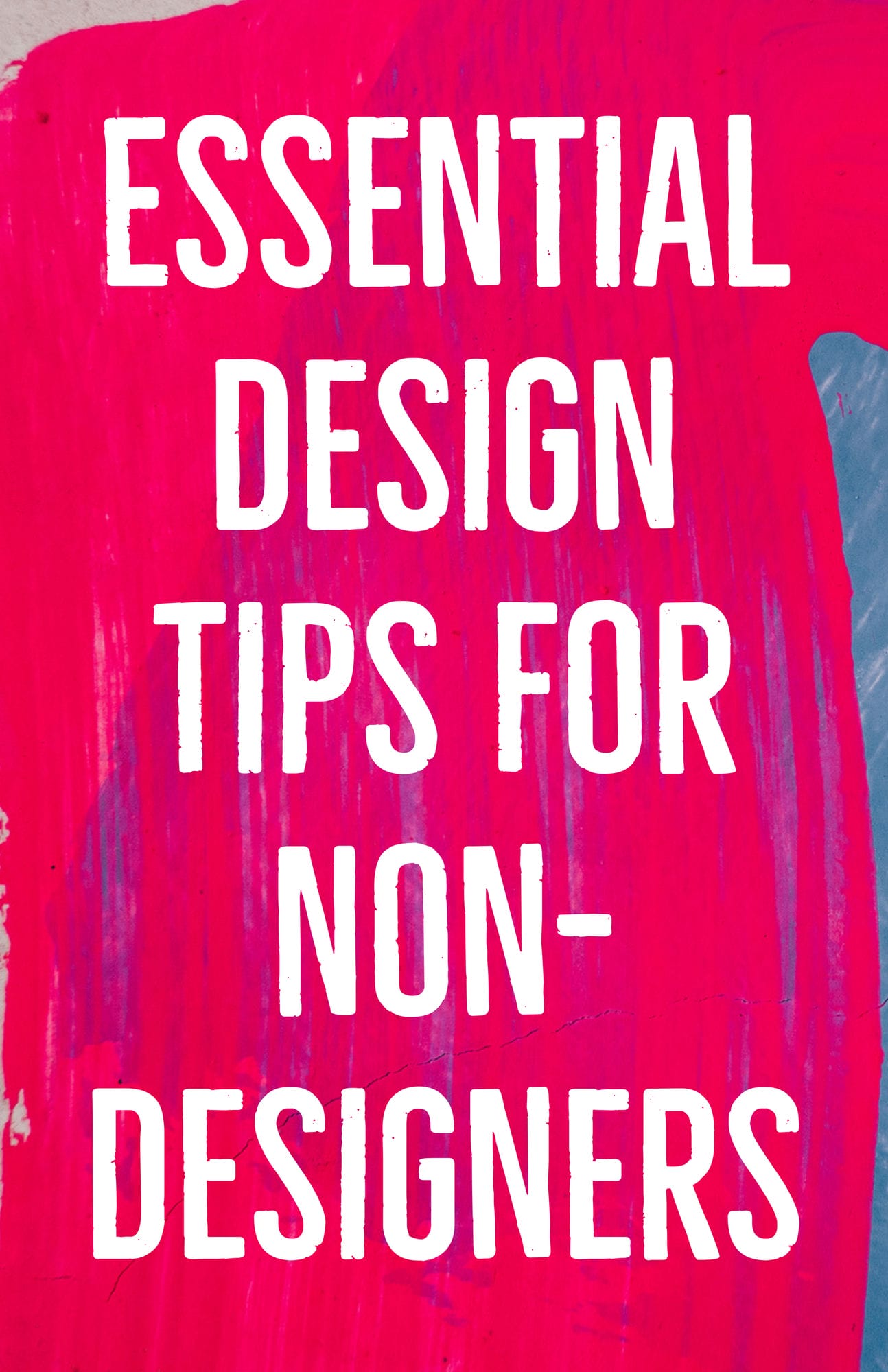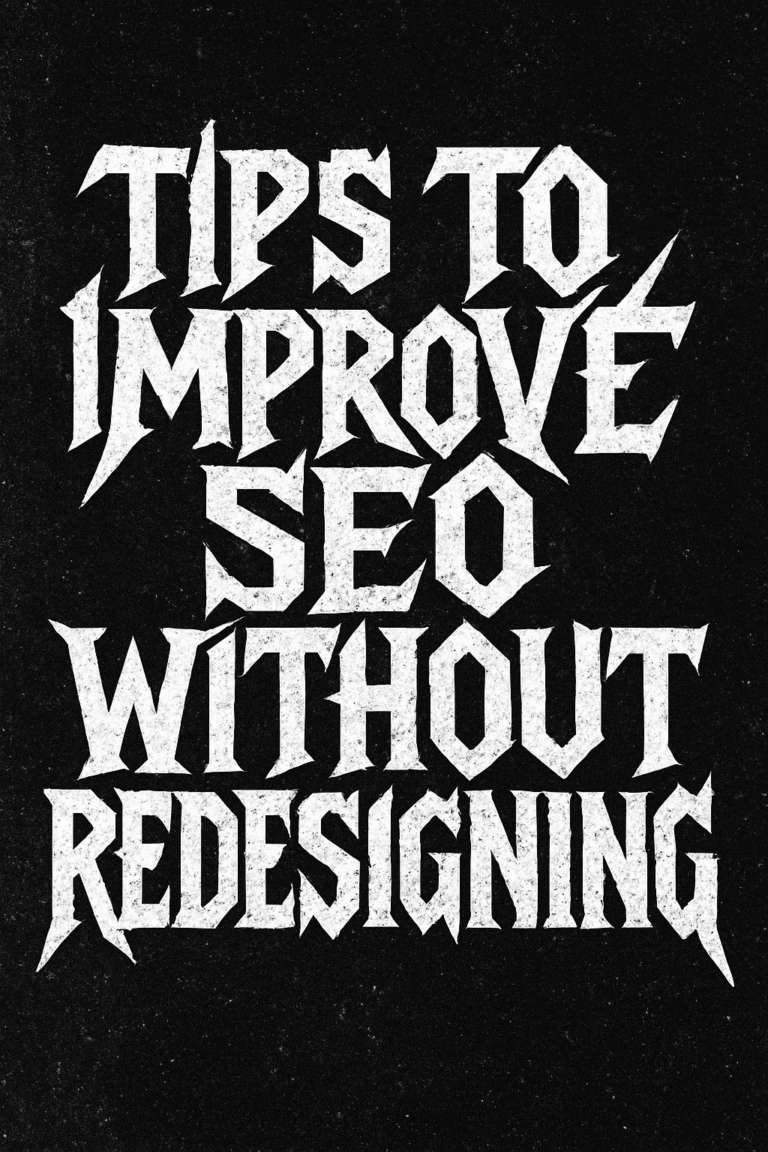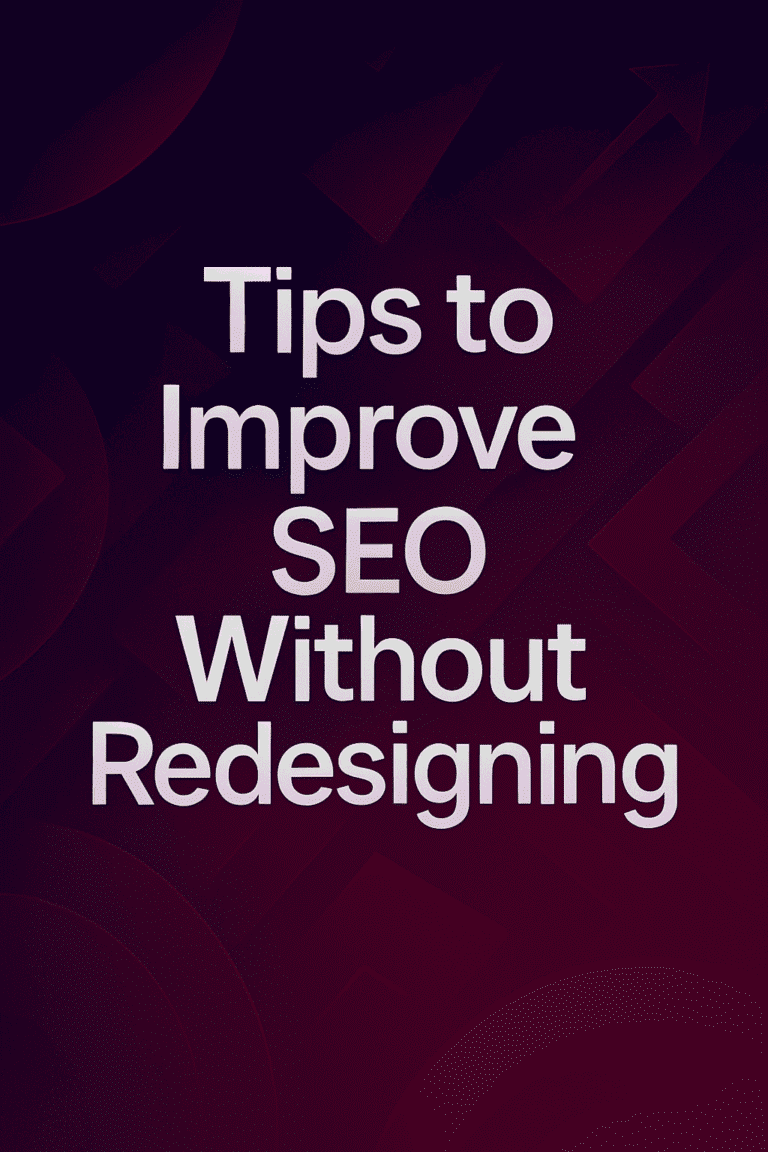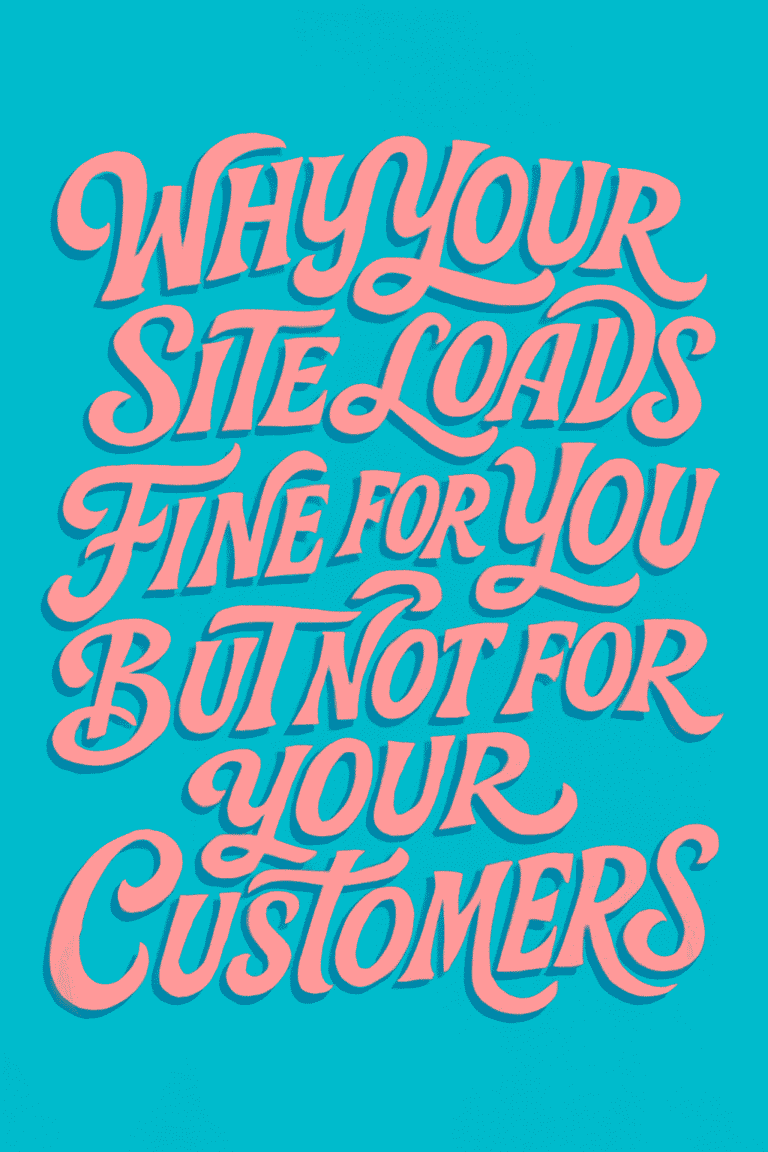
Navigating the world of design can seem daunting if you’re not a professional designer. But in our increasingly digital society, basic design skills have become an essential tool for everyone – from entrepreneurs and marketers to bloggers and educators.
If you’ve ever found yourself at sea while attempting to craft an attention-grabbing social media update, a convincing presentation, or a captivating blog design, consider this post your guiding light. We aim to decode the enigma of design, offering a user-friendly guide to the core principles of graphic design, the science behind color choice and typography, and the secrets to effective layout and image use. So, whether you’re a design novice or just looking to polish your skills, this guide will empower you with the knowledge to create visually stunning content.
Let’s embark on this design journey together!
1. Understand the Basic Principles of Graphic Design
To create aesthetically pleasing designs, it’s crucial to have a grasp of the basic principles of graphic design.
These principles act as a foundation for creating visually effective content:
- Contrast: Use contrasting elements such as colors, sizes, shapes, and typography to create visual interest and highlight important areas.
- Repetition: Consistency within elements and repeating certain patterns can help reinforce your message and create a cohesive design.
- Alignment: Arrange elements in a way that creates order and structure, making your design easier to navigate and understand.
- Proximity: Group related elements together, and separate unrelated ones. This helps create a sense of organization and hierarchy in your design.
- Balance: Distribute elements evenly to create a design that feels stable and harmonious. You can achieve balance through symmetry or asymmetry, depending on the desired effect.
2. Color Theory: Make the Right Color Choices
Colors play a significant role in conveying your message and evoking emotions in your audience. Understanding color theory is essential to make the right color choices for your design.
Here are some key elements of color theory:
- The Color Wheel: Use the color wheel to identify complementary, analogous, triadic, or tetradic color schemes for a harmonious design.
- Color Harmony: Aim to create harmony in your color choices, avoiding too many conflicting colors or overly complex schemes.
- Color Psychology: Be aware of the emotional associations and cultural meanings of colors, and choose colors that align with your message and target audience.
- Contrast and Accessibility: Ensure that your design maintains a high level of contrast and readability, particularly for text, to make it accessible for as many readers as possible.
3. Typography: Choosing the Right Font and Understanding Font Pairings
Typography plays a critical role in conveying your message and establishing the overall tone of your design.
Consider the following when selecting fonts:
- Readability: The font should be easy to read – legible even at smaller sizes.
- Personality: The font should reflect the personality and mood you want to convey in your design.
- Font Pairings: Choose fonts that look good together, creating balance between contrast and harmony.
4. Creating an Effective Layout
Layout is one of the most important aspects of design. It helps guide the viewer through your design, showing them where to focus their attention and how to interpret different elements.
Here are some tips for laying out your design:
- Hierarchy: Establish a hierarchy with size and positioning of elements so the most important ones stand out.
- Flow: Create a natural flow that guides viewers in navigating through your design.
- Spacing: Use whitespace to separate elements, create balance, and emphasize certain sections.
5. Incorporating Images: Choosing and Using Images Effectively
Images can help draw viewers’ attention, bring your message to life, or reinforce the concept you’re communicating.
Here are some tips for selecting and incorporating images effectively into your design:
- Composition: Choose images with interesting compositions, and avoid cluttering the design.
- Subject Matter: Select images that are relevant to your message and target audience.
- Style: Make sure the style of the image matches the overall aesthetic of your design.
6. Use Tools and Resources to Help You
There are plenty of resources available to help you hone your design skills.
Take advantage of these tools and resources to become a better designer:
- Design software: Familiarize yourself with the features and functions of popular design software such as Adobe Photoshop and Illustrator.
- Template sites: Use template sites like Canva and Adobe Express for quick and easy design solutions.
- Tutorials: Watch instructional videos to learn more about the basics of graphic design, color theory, typography, and layout.
- Books and blogs: Read books or browse online resources to gain a deeper understanding of design principles.
- Practice: Design is an iterative process – the best way to improve your skills is to practice and experiment with different elements.
Conclusion
In the realm of design, there’s always something new to learn and discover. We hope this post has been a helpful compass in your journey, illuminating the path to creating more visually compelling content. Remember, good design isn’t about complex software or intricate skills; it’s about understanding the basics and applying them creatively. So, don’t be afraid to experiment, explore, and let your unique perspective shine through your work. After all, every great designer started as a beginner.
Need Design Help?
Still feeling overwhelmed? Don’t worry, we’re here to help.
Graticle Design has the expertise and experience to help you create designs that capture your message and stand out from the crowd. Our team of professionals has years of design experience, with an in-depth understanding of color theory, typography, layout, and image use. We have created stunning designs for a wide range of clients in a variety of industries, and we are confident that we can help you create something beautiful.
Contact us today to learn more about how Graticle Design can help you make a lasting visual impact. We look forward to hearing from you!
Call (360) 450-3711





